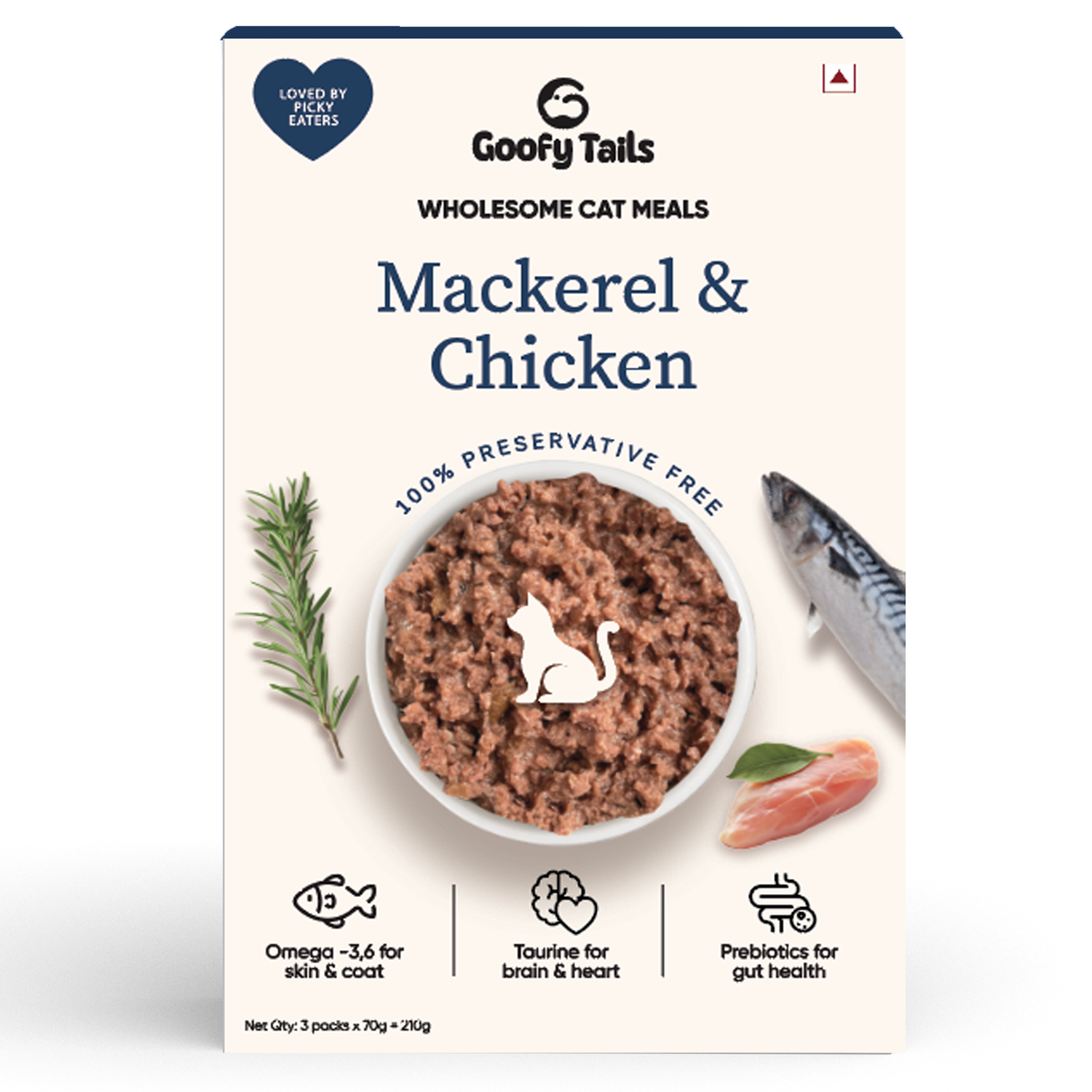Common Dog Parent Practices that are a Complete No
Raising a dog is one of life’s most rewarding journeys—but it also comes with a steep learning curve. Many dog parents rely on advice passed down from friends, breeders, or the internet. While often well-intentioned, some of these common practices are now outdated or even harmful.
As canine science, nutrition, and behaviour studies advance, it's time we revisit some of these habits and upgrade them for our pets’ well-being. This article explores two key areas where many dog parents often get it wrong—food and behaviour—and offers alternative approaches.

(Above: A Boxer eating from an elevated food bowl)
Section 1: Food Mistakes That May Be Doing More Harm Than Good
1. Feeding Treats Too Frequently
Treats are important tools for training, but when given too often—especially outside of structured sessions—they can lead to obesity, picky eating, and behavioural issues. Dogs begin expecting rewards for nothing, weakening the power of positive reinforcement.
What to do instead: Use treats strategically. Focus on rewarding desired behaviours and limiting extras. Choose high-value, nutrient-dense treats, not fillers.
2. Choosing Low-Cost Meals with Additives
Budget-friendly kibble often contains artificial preservatives, flavour enhancers, and low-grade protein sources. While it might seem economical, it can contribute to long-term health issues like allergies, poor coat quality, and digestive disorders.
What to do instead: Read ingredient labels. Choose clean, meat-first recipes that suit your dog’s size and activity level. Goofy Tails' grain-free meals are a great example of real, functional nutrition.
3. Feeding Scraps from the Table
It might feel loving, but table scraps can contain salt, sugar, spices, and fillers—all harmful to dogs. Worse, this habit can cause gut irritation and encourage demanding or possessive behaviour.
What to do instead: Keep human meals and dog meals separate. If you cook for your dog, use approved recipes with vet-recommended ingredients only.
4. Treats as a Meal Substitute
Some pet parents rely heavily on treats as a convenient way to feed their pets, especially during travel or busy schedules. But treats lack the balanced macronutrients and essential vitamins dogs need.
What to do instead: Treats are meant to supplement, not replace, meals. If you’re short on time, opt for ready-to-serve meals like Goofy Tails Chicken & Herbs or Buff & Berry, which are complete and balanced.
5. Feeding Any Dog Food Without Personalisation
Dogs differ in size, age, energy level, and breed-specific needs. Yet, many parents choose food based on price, packaging, or recommendations from unrelated pet profiles.
What to do instead: Consider your dog’s life stage, weight, digestion, skin sensitivity, and breed traits when selecting food. When in doubt, consult a vet or nutritionist.
6. Not Using Elevated Bowls
Feeding dogs from floor-level bowls can cause strain on joints, especially in large breeds and seniors. It may also contribute to poor posture and digestive issues.
What to do instead: Invest in a raised feeding station that aligns with your dog’s chest height. It supports easier swallowing and reduces neck tension during meals.
7. Ignoring Vomit or Loose Stool
Occasional stomach upset may not be alarming, but frequent vomiting or diarrhoea can signal allergies, poor food quality, or underlying health conditions.
What to do instead: Track your dog’s digestion. If symptoms persist, re-evaluate their diet and consult your vet. Switch to clean-label, grain-free food for easier digestion.

(Above: A dog trainer with a pack of dogs)
Section 2: Behaviour & Training Habits That Need Updating
1. Coming Straight Home After Playtime
Many parents leash their dog and rush home post-play. But this doesn’t allow the dog to cool down mentally, making them restless indoors.
What to do instead: After high-energy play, give your dog time to sit calmly in the park, take in the environment, and slow their breathing. This routine builds impulse control and emotional balance.
2. Assuming Exercise is Just Physical
Running or fetching isn’t enough. Dogs also crave mental stimulation, especially intelligent or high-drive breeds.
What to do instead: Incorporate scent games, puzzle feeders, basic obedience, and sniff walks. These mentally “tire” the dog and reduce anxiety and destructive behaviours.
3. Ignoring Regular Walks
Some parents substitute yard time or indoor play for walks. But walks provide environmental enrichment, social exposure, and structured leadership, which are irreplaceable.
What to do instead: Prioritise at least two walks per day—morning and evening. Even short walks help maintain a healthy mind and body.
4. Letting the Dog Lead on Walks
It may seem harmless to let your dog walk ahead while you follow, but this signals to your dog that they are in charge, leading to reactivity or disobedience.
What to do instead: Walk ahead or beside your dog. Use gentle cues and structured pace changes to reinforce your leadership role without force.
5. Not Reinforcing Positive Behaviour Consistently
Many dog parents scold bad behaviour but forget to reward the good, leading to confusion and stress in dogs.
What to do instead: Focus on positive reinforcement. Praise or reward calm behaviour, quietness, and obedience. Use treats, affection, or play as reinforcement—consistently and immediately.
Conclusion
Dog parenting isn’t about being perfect—it’s about evolving. What worked (or seemed harmless) a decade ago may no longer serve your dog’s health or emotional well-being today.
By making simple, conscious changes in feeding and behaviour habits, you set your dog up for a longer, calmer, and healthier life. Whether it’s choosing the right food, walking with intention, or learning when to reward, every small adjustment adds up to a big difference.
REMEMBER: the goal isn’t to control your dog—it’s to guide them through trust, structure, and care.








Leave a comment